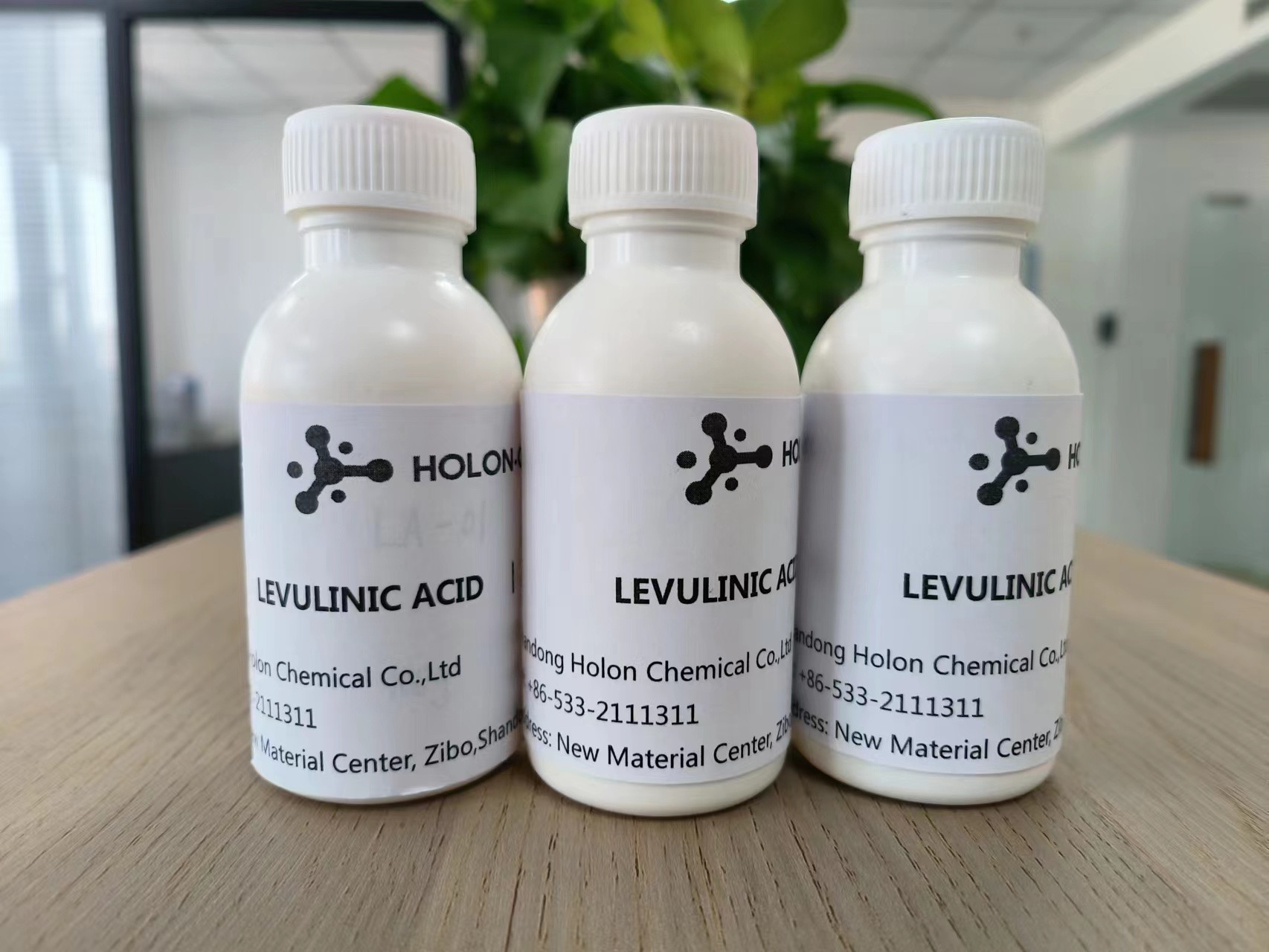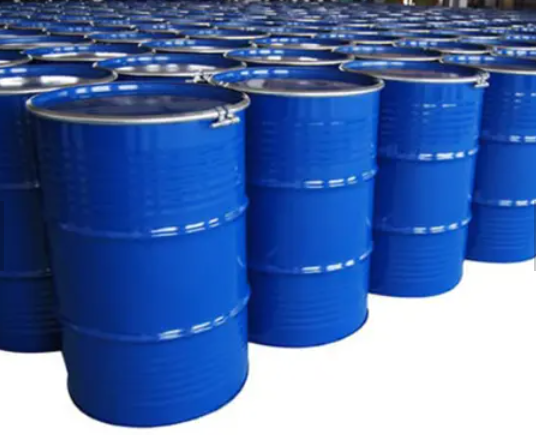

Biomass-Based Energy Chemical
As the emerging renewable energy, biomass energy is the fourth largest energy next to coal, oil and natural gas. Alkyl levulinates are high value-added products obtained from biomass resources, which are an important class of chemical intermediates and new energy chemicals. The application of alkyl levulinates is very broad and has potential commercial value. This article introduces the physicochemical properties and uses of levulinates, together with three synthetic methods and reaction mechanism for preparing alkyl levulinates using biomass resources as raw materials. Finally, the deficiencies of alkyl levulinates production and application is analyzed, and the development trend of the future development and utilization of alkyl levulinates is provided.

Levulinate has two important functional groups: ester group and carbonyl group. The carbonyl group's carbon-oxygen double bond has strong polarity, resulting in the formation of a positive charge center on the carbon atom. When the carbonyl group reacts, the electrophilic center of the carbon atom plays a decisive role. In addition, the carbonyl group can also constitute the structure of enol, so levulinic acid ester can occur oxidation, hydrolysis, condensation, addition and transesterification and other chemical reactions, derived a variety of industrial value of chemicals, such as γ-valerolactone, α-angilactone, valeryl ester, pyrrolidone, 3-methyltetrahydrofuran, bisphenol ester, vinyl levulinic acid, etc.

